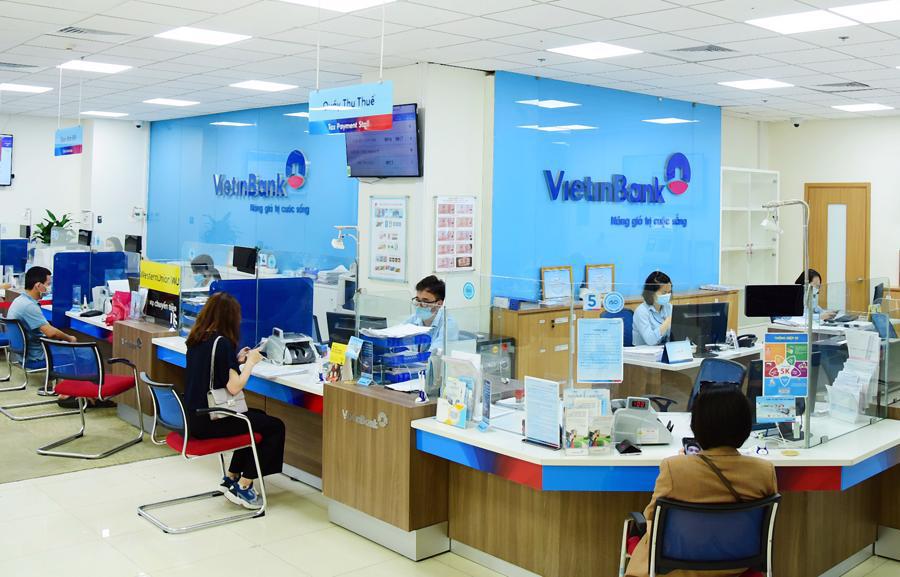Local banks cap deposit rates at 8.5%/year
Lowering bank rates helps businesses and individuals access credit, stimulating the economy.
Vietnamese banks have slashed their deposit rates to a maximum of 8.5% per annum, aiming to make credit easier to access for businesses and people.
| A Vietinbank office. Photo courtesy of the bank |
Banks cut their interest rates by 0.5% per annum for deposits of six months or less. For deposit accounts of more than six months, rates were reduced by 0.2-0.3% per annum on average.
The four state-owned banks, namely Vietcombank, Agribank, BIDV, and Vietinbank, cut interest rates by a maximum of 0.4% per annum for deposits of more than six months, capping savings rates at 6.8-7% per annum.
Private banks' deposit rates range from 8% to 8.5% per annum. Some banks with the highest interest rates are GPBank, SeABank, ABBank, VietABank, and PVCombank.
As of May 28, depositors will receive interest rates of 7-7.7% per annum for savings with terms of 6-12 months.
The deposit rate cuts by local banks followed the State Bank of Vietnam's decision on May 25 to cap deposit and savings rates at a maximum of 5% per annum, the third cutback in 2023.
Credit institutions are advised to reduce expenses to stabilize lending rates and support enterprises to recover and improve production and business operations.
Experts from Kim Eng Vietnam Securities Company predicted that the central bank might cut interest rates again in the next three months to support economic growth and lending rate stability.
The economic growth rate could fall short of the Government's 6.5% target, and even the projected growth of 5.5% carries a downside risk, they said.
They added that the possibility of exchange rate appreciation might limit the central bank's ability to cut interest rates despite the narrowing interest rate differential with the US.
The market expects the Fed to pause rate hikes from June and ease policy in November.
BIDV chief economist Can Van Luc said the market expects the benchmark rate to fall to pre-Covid-19 levels of around 4% by 2025.
Commenting on fiscal and monetary policy proposals for 2023-2024, he said there needs to be close coordination between monetary policy, fiscal policy, and improving the investment and business environment.
In particular, monetary policy must pursue several goals, emphasizing maintaining monetary and financial stability.
The policy should shift from "tight and cautious" to "cautiously accommodative and supportive of growth," Luc said.









